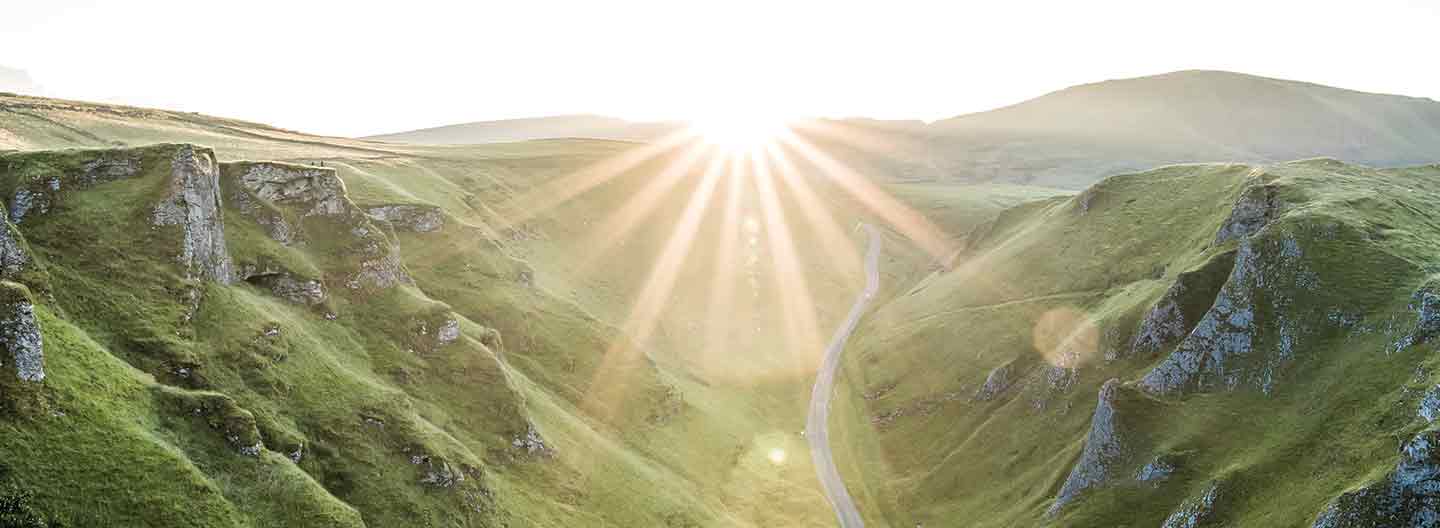Protecting Wild Lands Through Art
TechSoup member Braided River has used a TechSoup donation of Adobe Creative Suite to astounding effect. Braided River, a Seattle-based nonprofit publishing company, has undertaken 16 conservation projects to date with just three staff people. Among the wild places Braided River has featured, millions of acres have been moved to a stronger level of protection. The organization's The Last Polar Bear reached more than 20 million people.
Braided River combines the arts of photography and literature to create books, media campaigns, and museum exhibits about preserving North America's wild places.
Environmental Impact
Braided River has shown literally millions of people, including policymakers, the need to protect places like the Arctic National Wildlife Refuge and Alaska's Tongass Rainforest. Braided River staff members work with other conservation organizations from the beginning of each of their book projects to arrange public outreach campaigns that include presentations, publicity, and exhibits that reach beyond the printed page to audiences beyond the traditional environmental core.
The organization's impact is astonishing. On Arctic Ground was the centerpiece of an organizing effort that resulted in a new U.S. Department of the Interior management plan protecting 11 million acres of critical habitat for caribou, migrating birds, and other wildlife in northwest Alaska in 2013.
A grant from the Campion Foundation provided 7,000 books at cost to advocacy groups. Contributors presented across the U.S., including at the Department of the Interior. To the Arctic was the official companion book to the IMAX film To the Arctic. Braided River teamed up with Alaska Wilderness League to deliver 1 million signatures to President Obama opposing drilling in the Arctic in 2012.
The Last Polar Bear project reached 26.5 million people through national media outreach, including an appearance on Good Morning America. Braided River's Seasons of Life and Land book on the Arctic National Wildlife Refuge was held up on the floor of the Senate during a debate on a bill proposing drilling in the Arctic National Wildlife Refuge; the bill was ultimately defeated. A grant from Lannan Foundation allowed Braided River to donate 10,000 copies of the book to libraries and indigenous communities across the country.
Large-Format Photography
Large-format photography books are at the center of each Braided River campaign. Braided River staff members work with some of the most talented wildlife photographers in the field today to tell the stories of the last remaining wild lands in western North America. They pair photographs with essays from environmental writers, including former president Jimmy Carter.
Braided River photography books are published under the Braided River imprint of The Mountaineers Books. The high production value of Braided River books is due to staff members' adept use of Adobe Creative Suite applications via their TechSoup donation. The suite includes Adobe Illustrator for vector graphics, Photoshop for image enhancement, InDesign for desktop publishing and page layout, plus many additional programs.
Challenges
We got a chance to talk shop with Braided River's director of development and communications, Lace Thornberg. She explained that the publishing industry changed drastically around 2008 during the economic recession.
She said, "We've been able to succeed because we offer something that is difficult to get in a purely electronic format: 200-page books with full-color 8-by-12-inch images that have a stunning impact. We have been able to find a good audience for our print books, but it has been incredibly tricky. "There was a time when you could send a press release and expect a reporter to follow up with you to do a thoughtful story. Newspapers don't have the staff anymore. So we're doing a lot more work to contact many media outlets to provide background information and writing up stories. It's a very changing landscape."
She continues: "Lots of publishing companies have had to go with a nonprofit business model. We started as a nonprofit. We have support from individuals and foundations like the Campion Foundation that feel strongly about the places we're working to help protect. But I worry that people are getting fatigued about the many good causes out there."
Surviving as a Nonprofit Press
Lace Thornberg describes Braided River's real secret as being able to operate on a shoestring. "We do as much as possible on the smallest budget possible. I think that we will make it because of that. We work really hard with a very little budget to have the highest impact possible. We wouldn't be able do it without TechSoup donations. I asked some of my colleagues for some examples of how they use TechSoup donations. They said, 'You want an example? You mean everything we do, every day?' They really couldn't come up with an example. We feel that TechSoup is behind making sure our books just aren't a bunch of blank pages. We appreciate TechSoup being there and bringing donations to the nonprofit community."
Exemplary Work
We are delighted to honor TechSoup member Braided River as a winner of our 2015 Green Tech Success Story Contest. The organization does exemplary work to combine inspiring images and stories that drive people to take personal actions to protect our wild places. To followBraided River's conservation photography work, subscribe to its newsletter on its website.
This story originally appeared on the TechSoup Blog. It was written by Jim Lynch, director of green technology at TechSoup.






